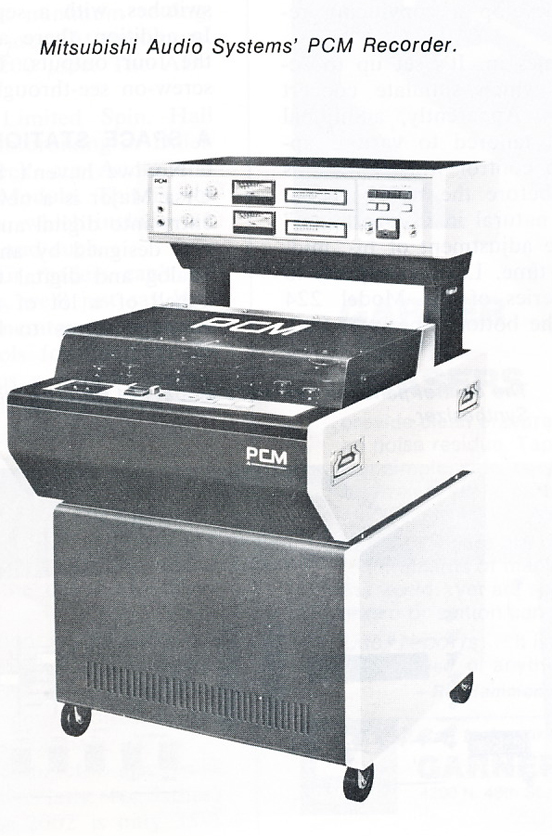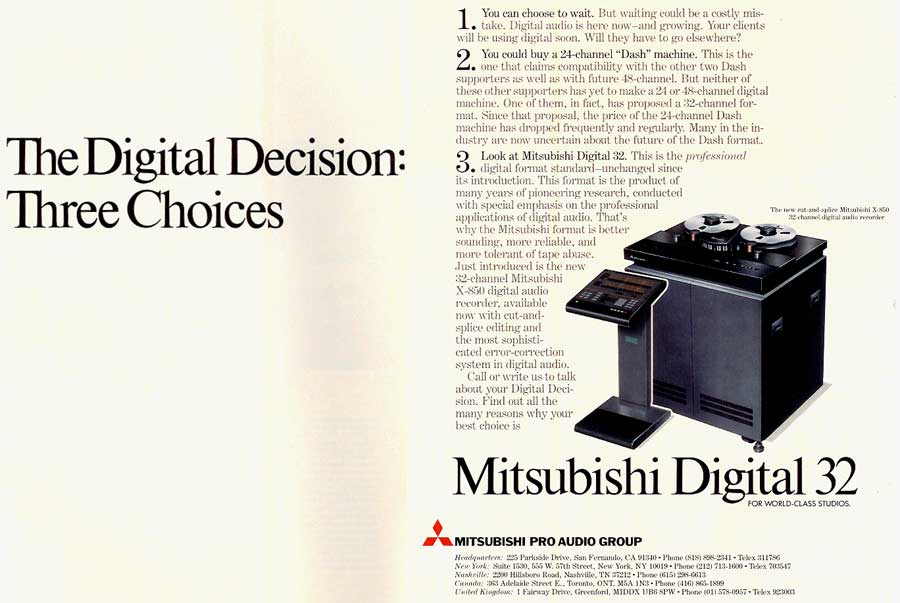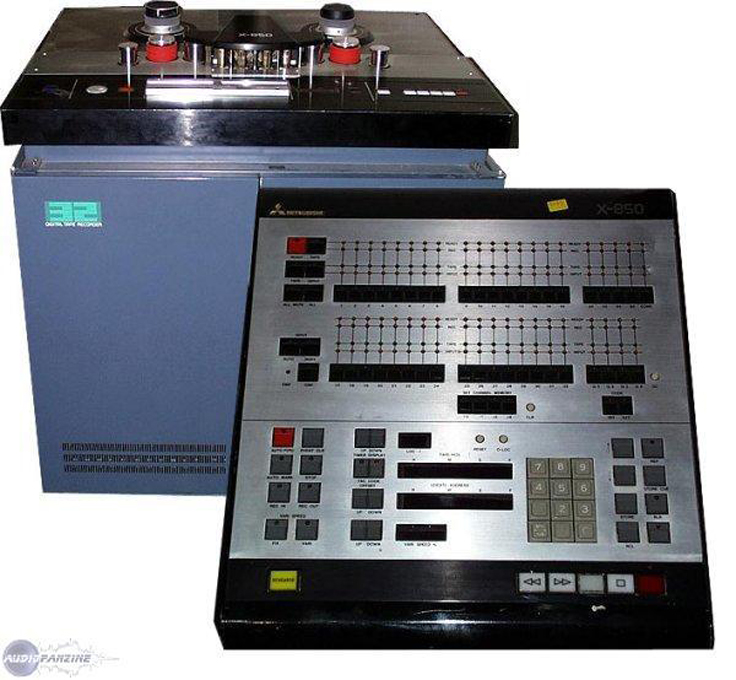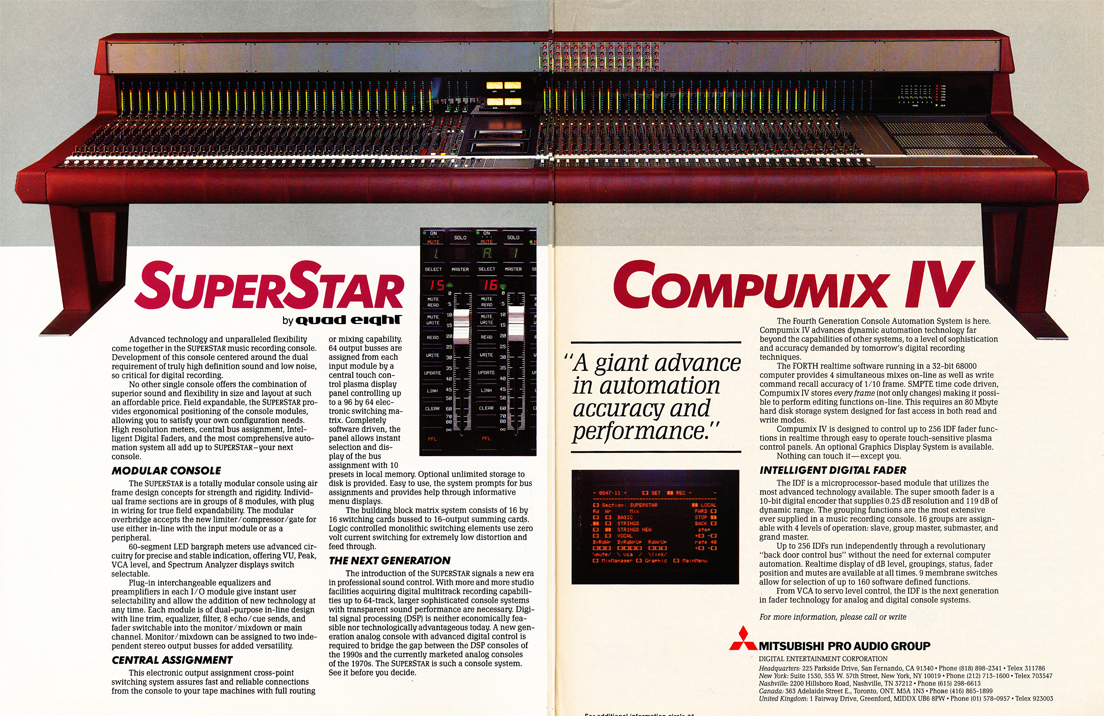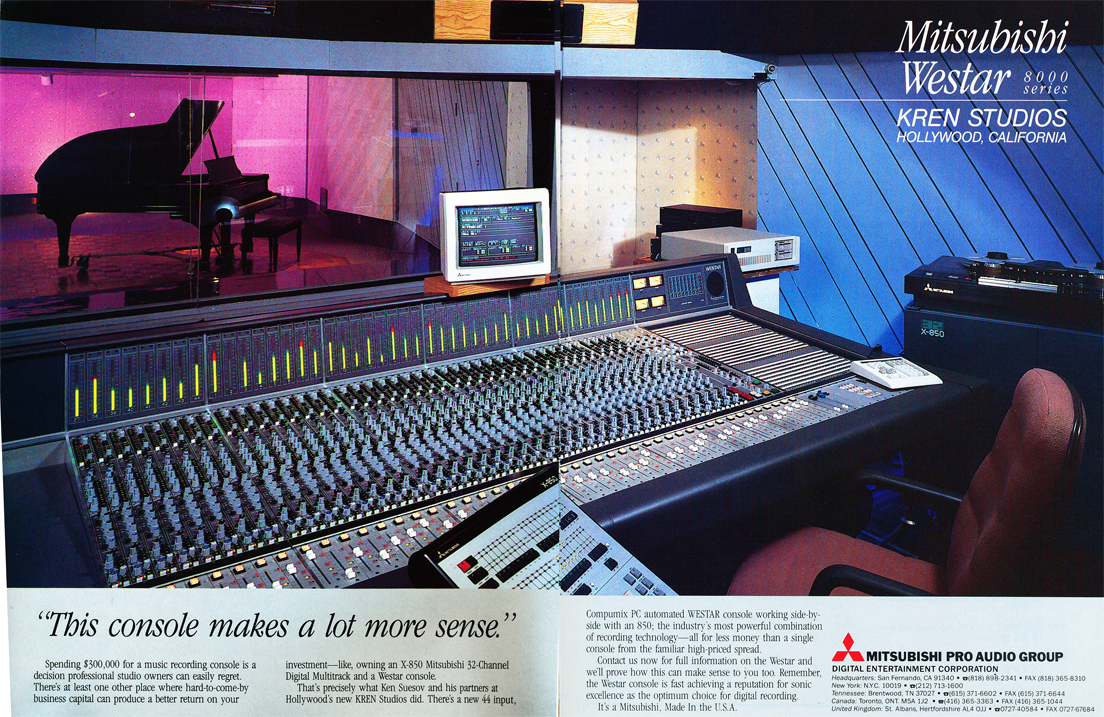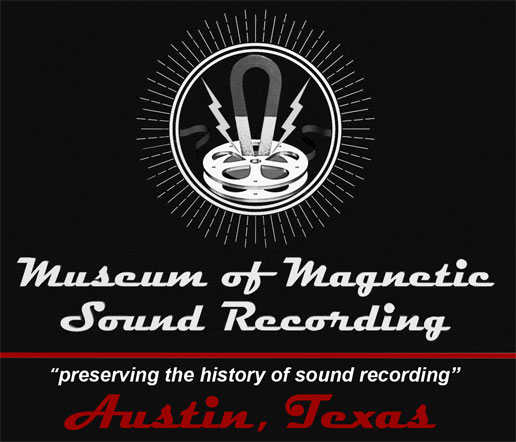
Mitsubishi
The Mitsubishi Group (三菱グループ, Mitsubishi Gurūpu) (also known as the Mitsubishi Group of Companies or Mitsubishi Companies) is a group of autonomous Japanese multinational companies covering a range of businesses which share the Mitsubishi brand, trademark, and legacy.
The Mitsubishi group of companies form a loose entity, the Mitsubishi Keiretsu, which is often referenced in Japanese and US media and official reports; in general these companies all descend from the zaibatsu of the same name. The top 25 companies are also members of the Mitsubishi Kin'yōkai, or "Friday Club", and meet monthly. In addition the Mitsubishi.com Committee exists to facilitate communication and access of the Mitsubishi brand through a portal web site.
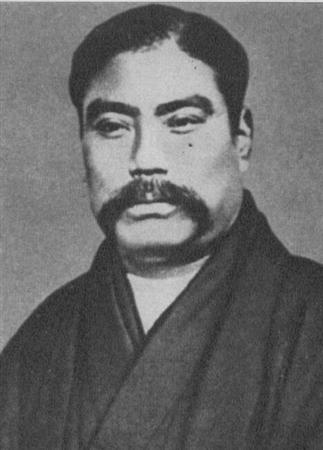 The Mitsubishi company was first established as a shipping firm by Yatarō Iwasaki (1834–1885) in 1870 (left). In 1873, its name was changed to Mitsubishi Shokai . The name Mitsubishi (三菱 consists of two parts: "mitsu" meaning "three" and "hishi" (which becomes "bishi" under rendaku) meaning "water caltrop" (also called "water chestnut"), and hence "rhombus", which is reflected in the company's famous logo. It is also translated as "three diamonds".
The Mitsubishi company was first established as a shipping firm by Yatarō Iwasaki (1834–1885) in 1870 (left). In 1873, its name was changed to Mitsubishi Shokai . The name Mitsubishi (三菱 consists of two parts: "mitsu" meaning "three" and "hishi" (which becomes "bishi" under rendaku) meaning "water caltrop" (also called "water chestnut"), and hence "rhombus", which is reflected in the company's famous logo. It is also translated as "three diamonds".
Mitsubishi had been established in 1870, two years after the Meiji Restoration, with shipping as its core business. Its diversification was mostly into related fields. It entered into coal-mining to gain the coal needed for ships, bought a shipbuilding yard from the government to repair the ships it used, founded an iron mill to supply iron to the shipbuilding yard, started a marine insurance business to cater for its shipping business, and so forth. Later, the managerial resources and technological capabilities acquired through the operation of shipbuilding were utilized to expand the business further into the manufacture of aircraft and equipment. Similarly, the experience of overseas shipping led the firm to enter into a trading business.
The company bought into coal mining in 1881 by acquiring the Takashima mine and Hashima Island in 1890, using the production to fuel their extensive steamship fleet.
They also diversified into shipbuilding, banking, insurance, warehousing, and trade. Later diversification carried the organization into such sectors as paper, steel, glass, electrical equipment, aircraft, oil, and real estate. As Mitsubishi built a broadly based conglomerate, it played a central role in the modernization of Japanese industry.
The merchant fleet entered into a period of diversification that would eventually result in the creation of three entities:
Mitsubishi Bank (now a part of the Mitsubishi UFJ Financial Group) was founded in 1919. After its mergers with the Bank of Tokyo in 1996, and UFJ Holdings in 2004, this became Japan's largest bank.
Mitsubishi Corporation, founded in 1950, Japan's largest general trading company
Mitsubishi Heavy Industries, which includes these industrial companies.
Mitsubishi Motors, the sixth-largest Japan-based auto manufacturer.
Mitsubishi Atomic Industry, a nuclear power company.
Mitsubishi Chemical, the largest Japan-based chemicals company
Mitsubishi Power Systems, a power generation division
Nikon Corporation, specializing in optics and imaging.
World War II
During the Second World War, Mitsubishi manufactured aircraft under the direction of Dr. Jiro Horikoshi. The Mitsubishi A6M "Zero" (right) was a primary Japanese naval fighter in World War II. It was used by Imperial Japanese Navy pilots throughout the war, including in kamikaze attacks during the later stages. Allied pilots were astounded by its maneuverability, and it was very successful in combat until the Allies devised tactics to utilize their advantage in firepower and diving speed.
Mitsubishi made use of forced labor during this time period. Laborers included allied POWs, as well as Chinese and Korean citizens. In the post-war period, lawsuits and demands for compensations were presented against the Mitsubishi Corporation, in particular by former Chinese slave laborers.
Mitsubishi was involved in the opium trade in China during this period.
1945 to present
Mitsubishi participated in Japan's unprecedented economic growth of the 1950s and 1960s. For example, as Japan modernized its energy and materials industries, the Mitsubishi companies created Mitsubishi Petrochemical, Mitsubishi Atomic Power Industries, Mitsubishi Liquefied Petroleum Gas, and Mitsubishi Petroleum Development.
The traditional Mitsubishi emphasis on technological development was in new ventures in such fields as space development, aviation, ocean development, data communications, computers, and semiconductors. Mitsubishi companies also were active in consumer goods and services.
In 1970, Mitsubishi companies established the Mitsubishi Foundation to commemorate the centennial anniversary of the founding of the first Mitsubishi company. The companies also individually maintain charitable foundations. Mitsubishi pavilions have been highlights of expositions in Japan since EXPO'70 in Osaka in 1970s to 1980s.
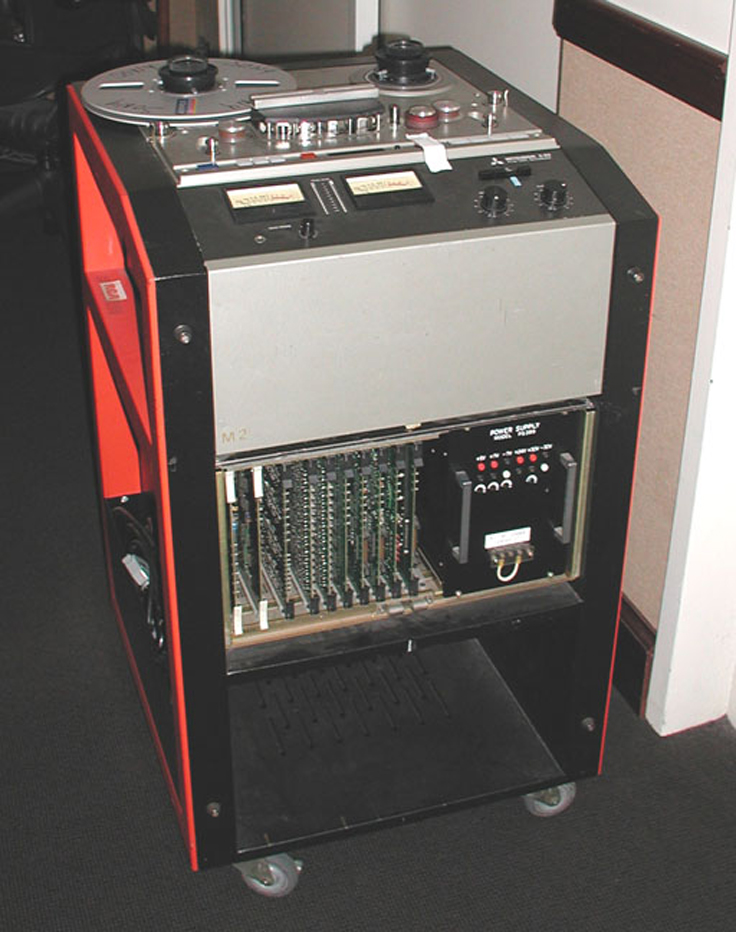 X-80
X-80
The Mitsubishi X-80 2-track 1/4 inch digital recorder from 1980 predated the ProDigi format and has many similarities, although it used an unusual 50.4 kHz sample rate, and is not directly compatible. However, Mitsubishi did build the capability to play back tapes created on an X-80 into the X-86 series machines. Only 200 X-80's were manufactured.
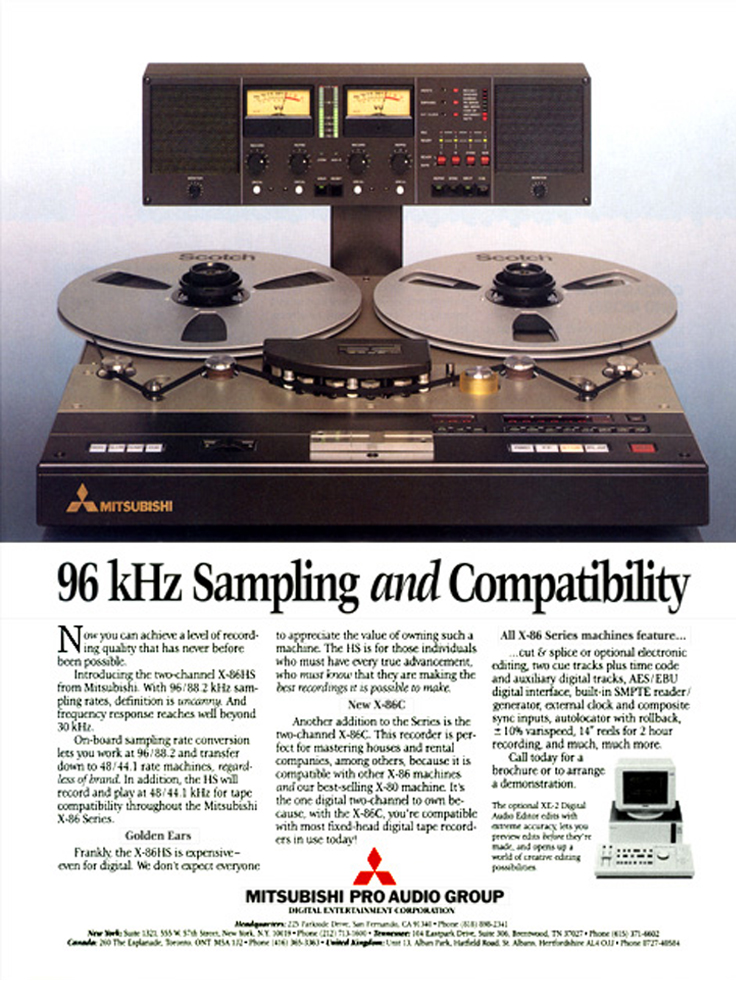 Pro Audio
Pro Audio
Mitsubishi's ProDigi is a professional audio, reel-to-reel, digital audio tape format with a stationary head position, similar to Sony's Digital Audio Stationary Head, whichcompeted against ProDigi when the format was available in the mid 1980s through the early 1990s. Audio was digitally recorded linearly on the tape and is guarded by a powerful error correction scheme of cyclic redundancy checks to ensure integrity of the signal even if data is lost during playback. Prodigi recorders were available in 2-track variations, which used 1/4" tape; 32-track variations, which used1" tape, and a 16-track version using 1/2" tape. All of the machines require the use of metal-particle magnetic tape.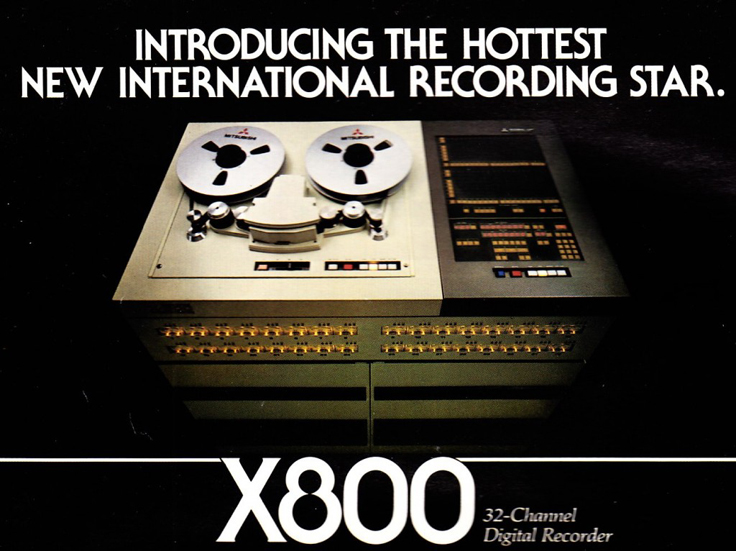
2-track recorders:
X-86
X-86HS (capable of recording and playing back at 88.2 kHz and 96 kHz sample rates as well as the X-86's 44.1 kHz and 48 kHz)
X-86C (for "compatible"; the X-86C could play back 50.4 kHz tapes made on the X-80 as well as normal X-86 tapes)
 16-track recorder:
16-track recorder:
X-400
32 track recorders:
X-800 (right)
X-850
X-880
Otari DTR-900 (an X-850, rebadged for Otari).
Mitsubishi and Otari collaborated on the design of the X-850 and X-880. The tape transport of both machines was derived from the Otari MTR90 Mk II, modified to handle 1" tape. Some mechanical parts were interchangeable between the X-850 and MTR90, the PC cards in the transport control section were manufactured by Otari and with two exceptions (the capstan servo and master CPU cards) were interchangeable between the Mitsubishi and Otari machines. The section of the X-850 service manual concerning transport adjustments was a verbatim reprint of the corresponding section of the MTR90 service manual.
The ProDigi format was extremely popular for use in Country music. Specifically, at studios in Nashville, Tennessee, where nearly all of the large recording studios used Prodigi machines.[citation needed]
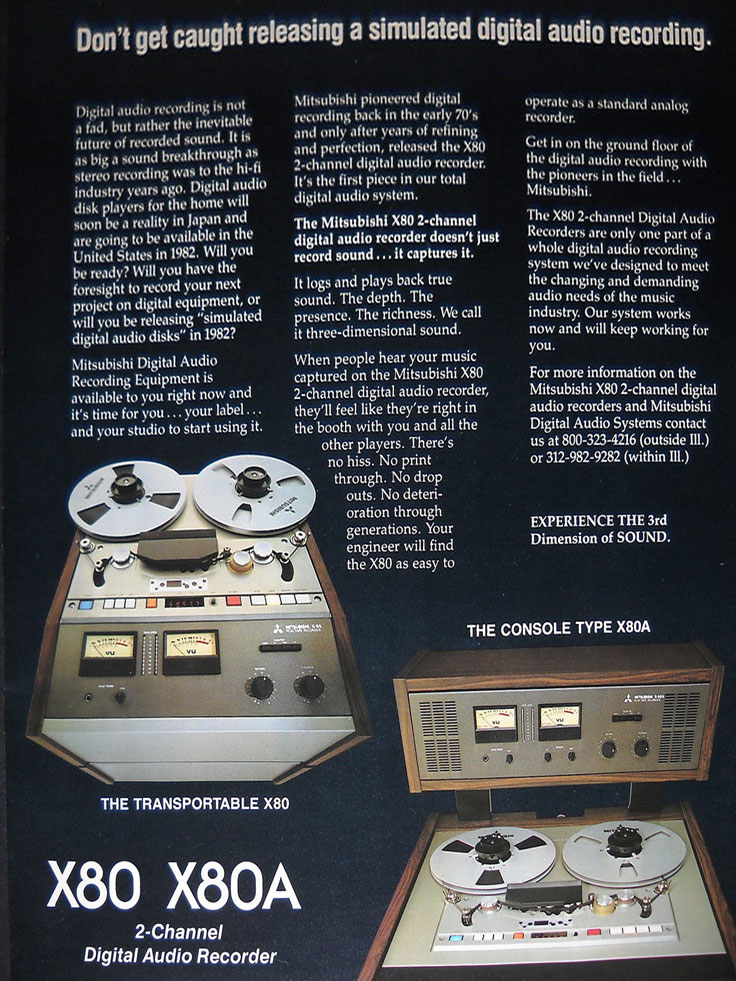
As of 2007, Mitsubishi Corporation, a member of the Mitsubishi Group, is Japan's largest general trading company (sogo shosha) with over 200 bases of operations in approximately 80 countries worldwide. Together with its over 500 group companies, Mitsubishi employs a multinational workforce of approximately 54,000 people.
Mitsubishi Motors reached 1.3 million cars of total production in 2007.
In January 2013, Mitsubishi announced it would be launching a takeover bid for the Japanese meat processor Yonekyu Corp in a deal worth $197 million.
Wikipedia
